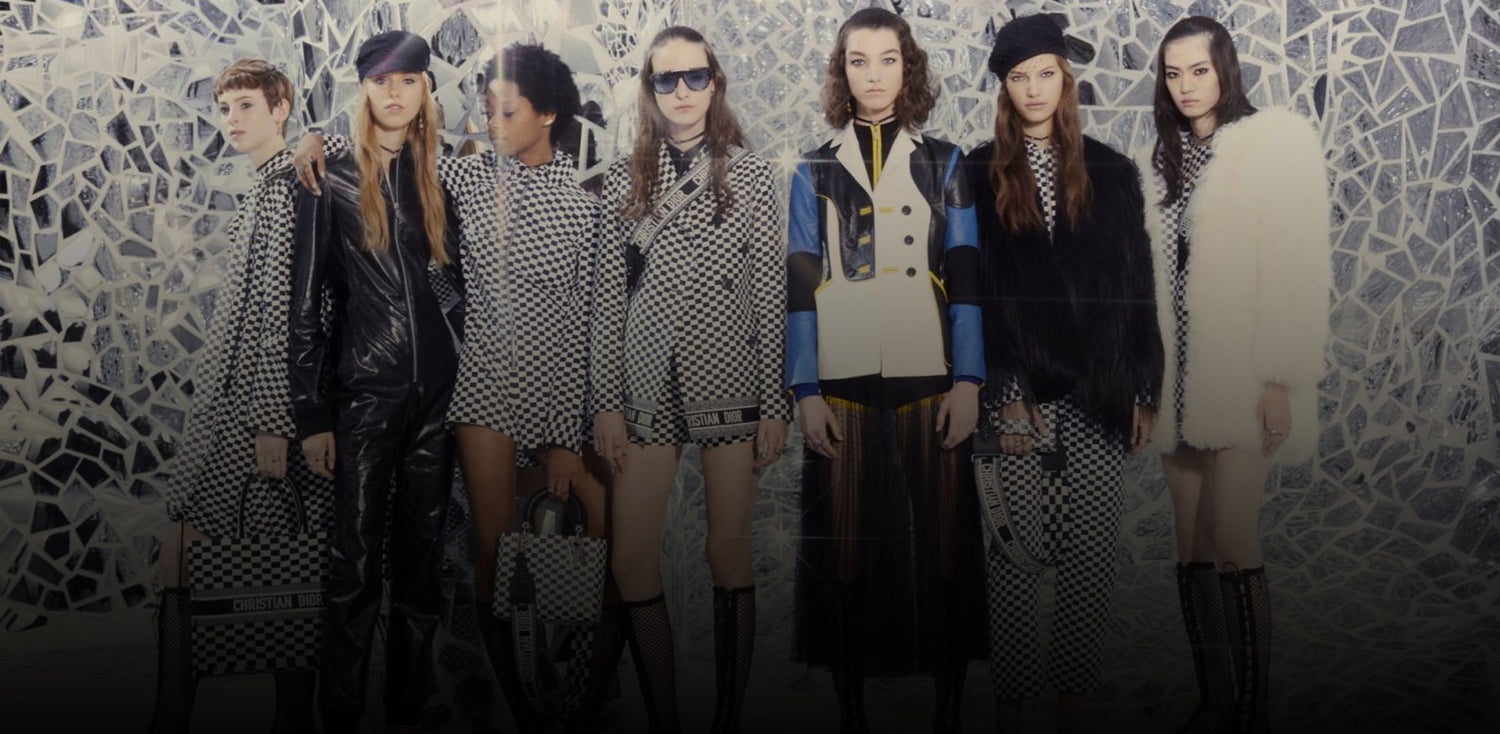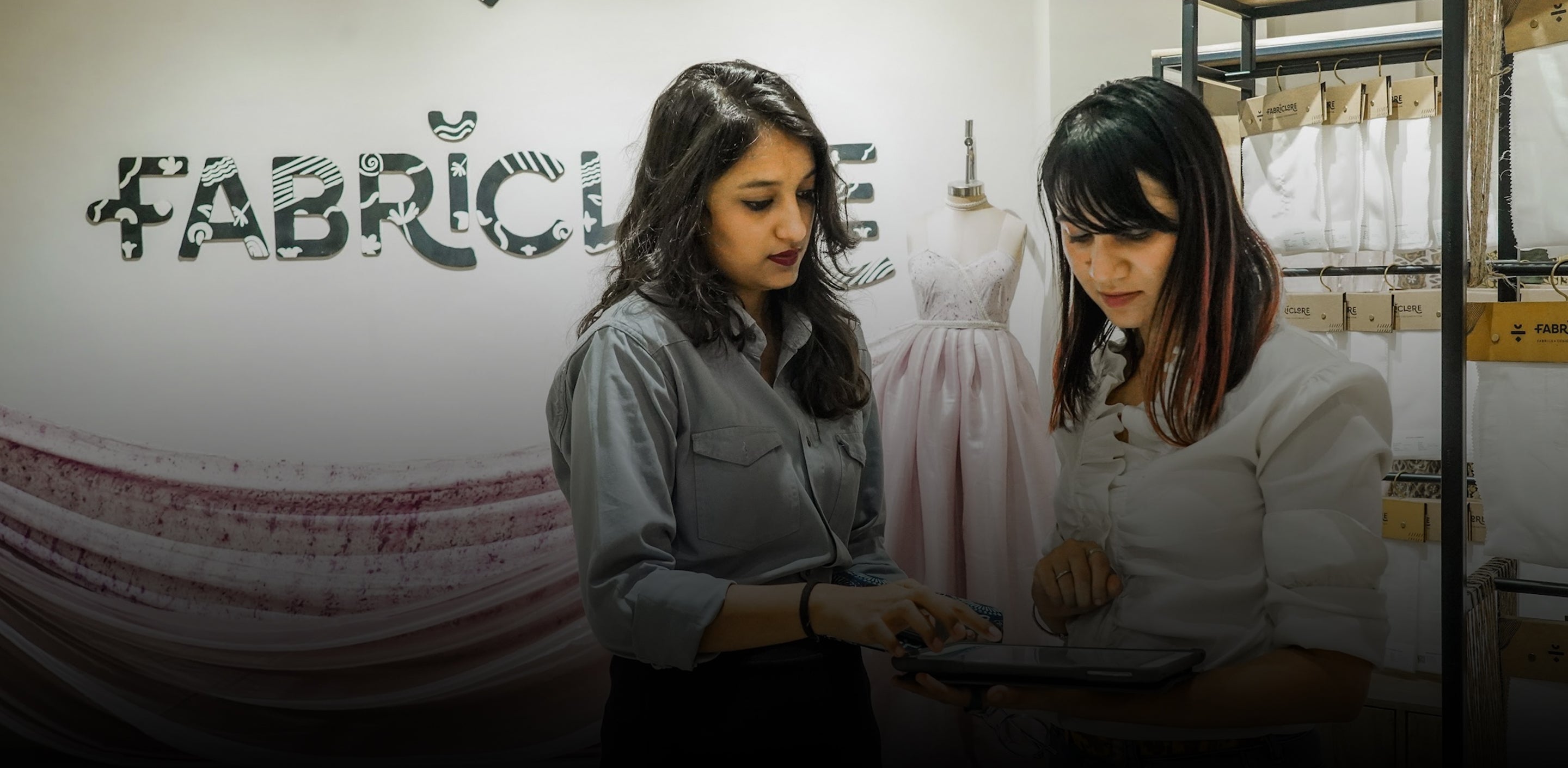After decades of being reliant on Parisian fashion rules, Americans gained their independence to create their own fashion trends in the 1900s. The majority of histories of American fashion start in the early 1600s, when French colonists adopted attire from Europe, the continent of their birth. These tales, however, leave out the history and downplay the profound influence Native American dress had on later generations of designers.
Native American clothing differed from tribe to tribe, expressing regional identities and resources in ways that the majority of today's sustainable design businesses would envy. Examples include the beautiful patterns of Sioux battle shirts and the exquisite patchwork of breechcloths.
The history of American fashion today is defined and created by a number of decades.
The initial 20s

Women in the United States had a new feeling of freedom and independence after the conclusion of World War I. The "flapper," a new kind of young American lady whose attire shouted modernity, first appeared during this decade. This period became the rise of American fashion history. Prior to the 1920s, American women made an effort to seem older than they really were, but once the 19th Amendment, which guaranteed women's right to vote, went into effect in 1919, women started making an effort to look younger and younger. Women gave up the more constricting and unpleasant designs of the previous decades and started wearing loose-fitting clothing with hemlines rising to an unprecedented knee-length level. To fit beneath the famous cloche, a snug-fit hat worn tilted to cover the forehead and, sometimes, the ears, American women of the 1920s often "bobbed," or chopped, their hair short. Cloche hats and flapper dresses went well together, especially in the second half of the decade.
In the 1920s, American males started dressing less formally than ever before. In place of the suit lapels of the 1910s, men opted for cuffed pants, flannel coats, and two-toned shoes throughout this decade. Additionally, adults and young boys started using short knee pants—known as "knickers" in the United States—and casual button-down shirts on top. In the 1920s, men's shirts often had a variety of pastel green, blue, and yellow stripes that were set off by a white collar. During this time, bow ties also became more fashionable.
Depression year and 30s -40s

If the 1920s were "roaring," the decade that followed got off to a whimper. The American economy was destroyed by the Great Depression, which lasted from 1929 to 1939, and fashion was given less importance as bare survival took precedence. The Harlem Renaissance, however, was an astonishing movement born of the fight. Black Americans in particular, who are people of color, transformed fashion, literature, and the arts. The wool suit was the style craze from this era that lasted the longest. High-waisted, wide-legged, tight-cuffed American outfits were popularized by Black, Mexican-American, Italian-American, and Filipino-American men, and they typified the "coolness" of the era.
An era of post world war 1950

The 1950s saw a comeback of fashion in American society after World War II. An economic boom and a significant drive toward materialism, which is still a trend today, characterized the decade. In contrast to the autonomous, American fashion history of the Roaring 20s, women of the 1950s were expected to appear and dress a specific way, and many, for the most part, adhered to this newly established standard of beauty.
Hemlines substantially shrank throughout this decade, reaching mid-calf or even ankle length, while the hourglass shape gained in favor. For suburban housewives, dresses with fluttering, vividly coloured skirts quickly became the norm. Working women often wore the considerably more form-fitting knee-length pencil skirt, which called for a tight girdle to highlight the hourglass body.
A decade of ‘Me’ with 70s

The teenage counterculture movements of the 1960s set the stage for innovation and modernism, paving the way for 1970s fashion trends to take off. But unlike the 1960s, a lot of Americans chose to distance themselves from political movements in the 1970s and instead put their attention on themselves. This change has often been described as a "return to normality," earning the 1970s the moniker of the "Me" Decade.
Young people were increasingly used to wearing pantsuits and daywear with a masculine edge as more women entered the office than ever before. Additionally, women wore skirts of various lengths, often choosing tight-fitting short skirts for daily usage. Hot pants, which were originally worn by young women in the first half of the 1970s, were tight-fitting shorts with an inseam length of 2-3 inches that gained popularity in the late 1960s. People started sourcing fabric of these types in wholesale quantities.
Both men and women were drawn to bold patterns, sports coats, chunky sweaters, and pleated trousers.
Creativity blend with fashion

Early 1980s fashion was comparable to that of the 1970s. However, by 1984, pop icons like Madonna and Cyndi Lauper had introduced a new sense of fashion to the era, one that prioritized pushing boundaries with original patterns of American outfit, quirky color schemes, and distinctive designs. Women started wearing skin-tight leggings of cotton textile and teaming them with big sweaters and off-the-shoulder blouses made of spandex. Young ladies furthermore wore figure-hugging crop tops over loose-fitting parachute trousers that ended just above the belly button. Clothing with layers has become more trendy.
A period of power dressing

Power clothing became a new trend for working professional women in the 1980s.
Fitted knee-length skirts and tailored jackets with shoulder pads were required for power attire in American style clothing.
An anti fashion trend

In contrast to the flamboyant American designers of the 1980s, the 1990s saw a marked increase in minimalism. Early 1990s adults favored loose-fitting jeans, basic T-shirts, and knit sweaters, while preteen and adolescent girls often chose neon apparel in hot pinks, greens, blues, oranges, and yellows. The milder tones took their place.
Dark hues like maroon, gray, forest green, and brown took their place, as did flannel shirts, stonewashed trousers, and similar hues.
Fashion with fusion

Following the 1990s, fashion in the 2000s departed from the minimalist approach, fusing trends from other styles. American fashion brands started adding more color and pattern to clothes in the early 2000s, drawing ideas from retro outfits from the 1960s, 1970s, and 1980s. With the introduction of halter tops, belly shirts, low-rise jeans, and capri trousers, women's fashion took a more feminine direction.
Present scenario

Being at the start of the 2020s American fashion designers allows us to reflect back on the decade that came before. That fashion trend for "tight fitting" apparel that emerged in the second part of the 2000s? It expanded much farther in reach. The decade of the 2010s saw a rise in "body positivity" as well as fashion. "Challenging prevailing notions of feminine beauty, especially the expectations to comply with body size norms," were something that people who identified as women felt comfortable doing. As a consequence, curvier body shapes had to wear clothing that was too tight.
This meant leggings for ladies, as seen above. Men started donning shirts with short sleeves. While fashion evolves over time, your own style does not.
FAQ
What is Asian American fashion/style?
This style emerges from the people who have roots in Asian countries but live in america. This is a fusion fashion style of Asian countries and American culture. This blend style is known as asian American style.
What are some differences between European and American fashion?
We also happen to be a magnet for suggestions, and would love to catch yours….throw us yours on hello@fabriclore.com





